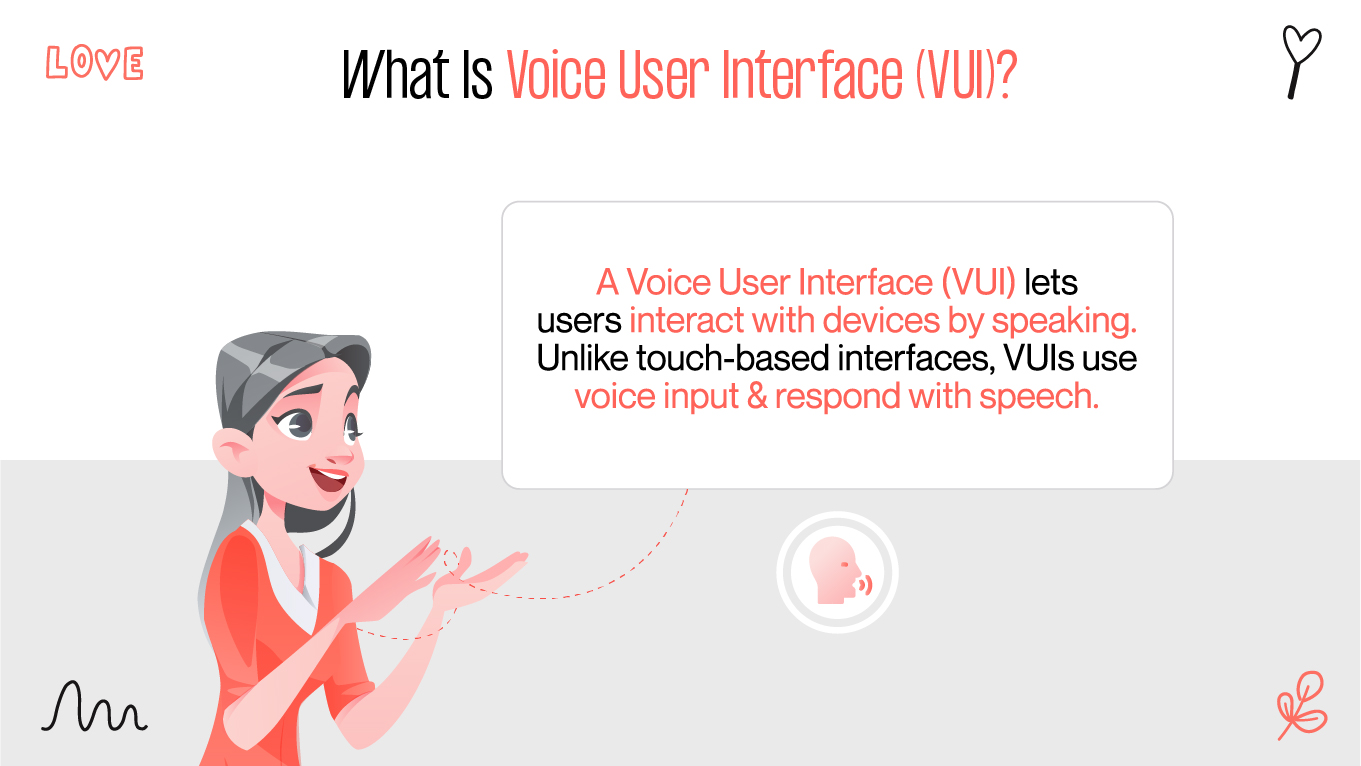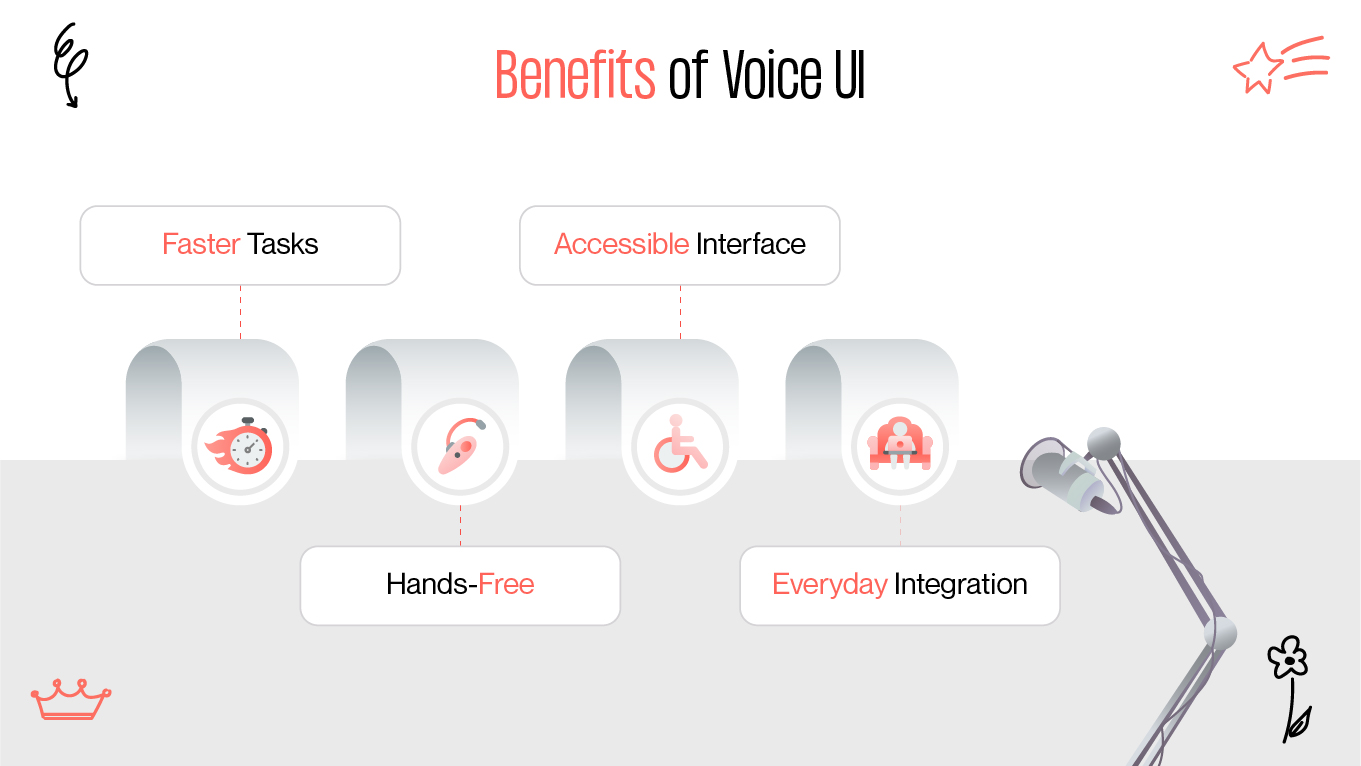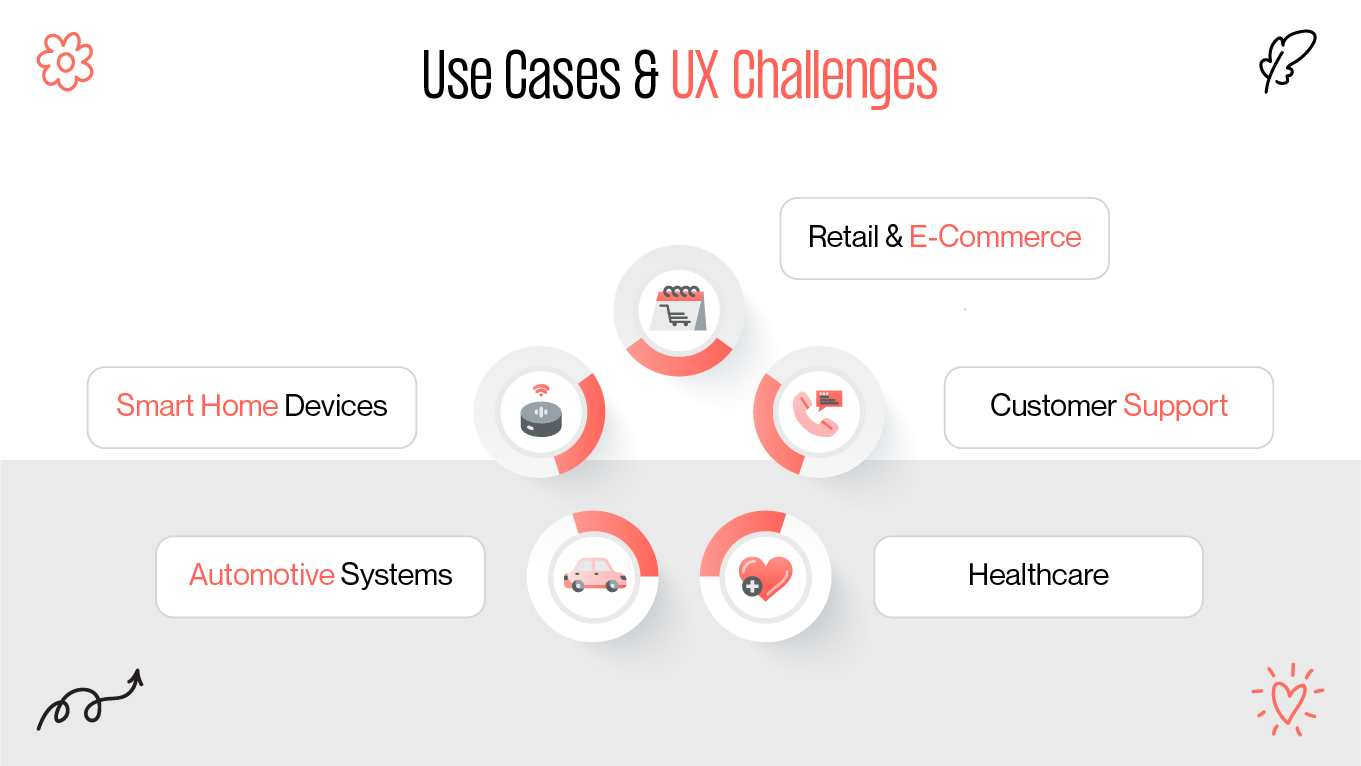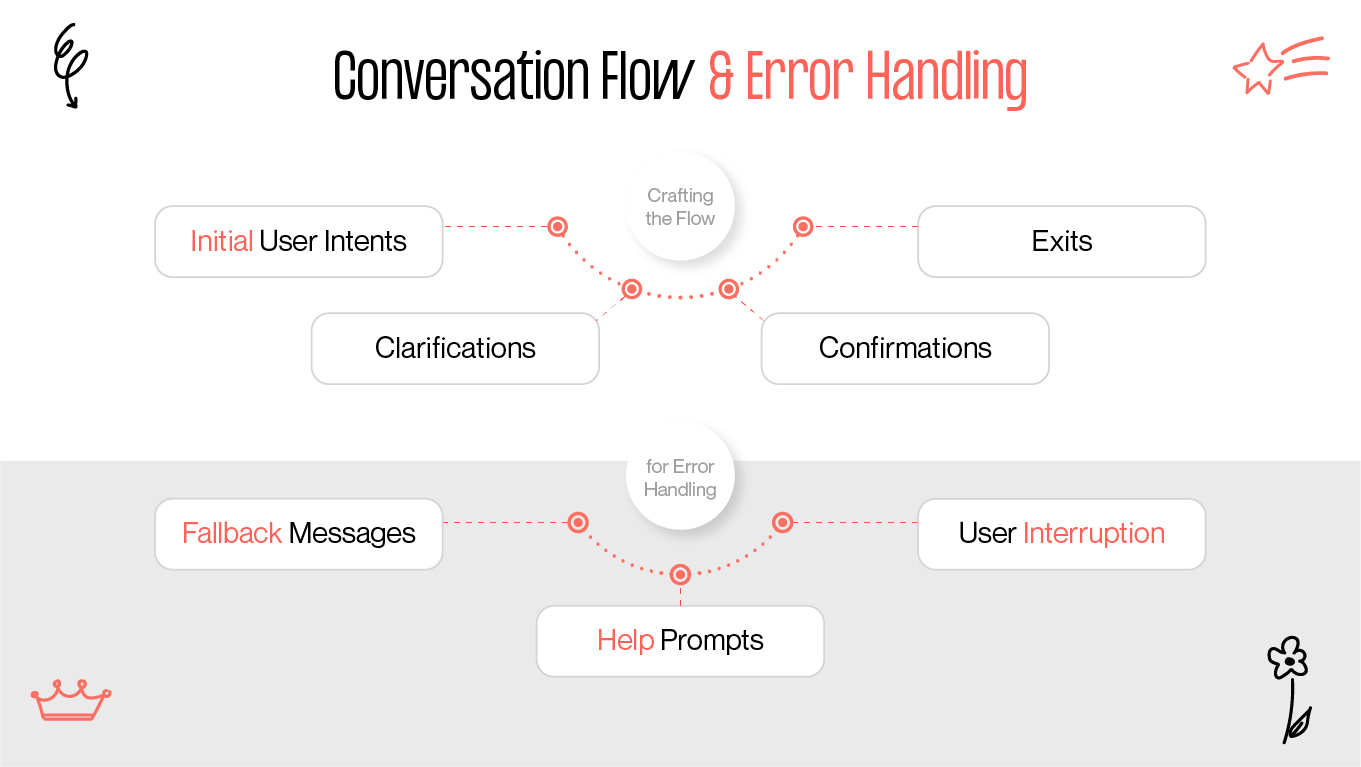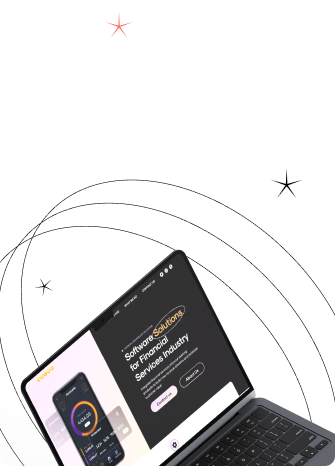Voice technology is rapidly becoming a mainstream method of interacting with digital systems. Whether it’s asking Alexa to play music, using Google Assistant to send a message, or navigating a smart dashboard with voice commands, voice UI is revolutionizing user interaction. For businesses and designers, the shift to voice interfaces is not only a technological change but a call to rethink how we build intuitive and inclusive user experiences.



